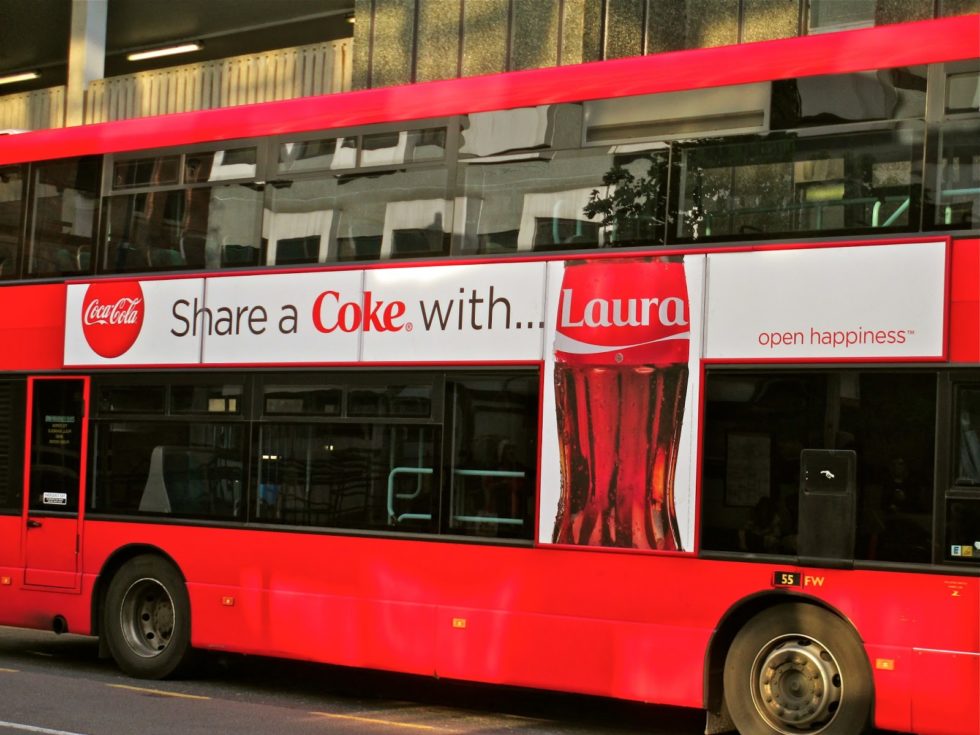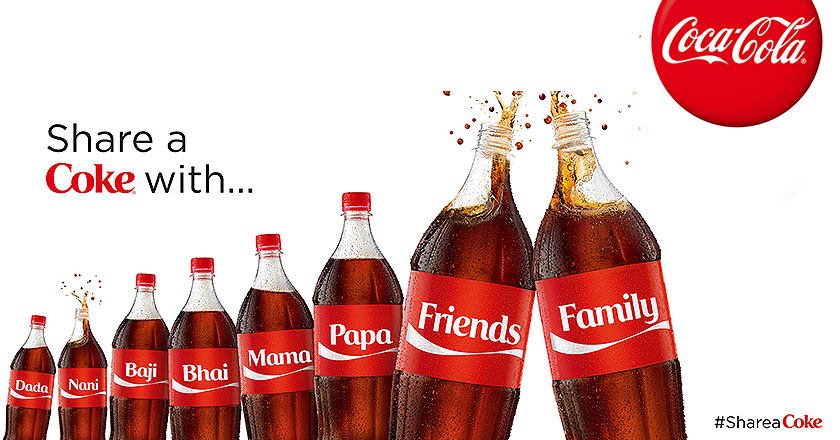
Share a Coke with…?
When it comes to user-generated content campaigns, “Share a Coke” by Coca-Cola is unrivaled. In 2011, their marketing department came up with the concept to print the top 150 male and female names in Australia on their bottles. The goal of the campaign was to get families and friends to bond over a Coke. And everyone was going nuts about this fashion! Everyone was purchasing customized bottles and taking dozens of images to post online. Eighty nations throughout the globe accepted the notion with open arms. Photos of individuals drinking Coke with friends and family members flooded social media sites.
Photo by Akshay Heble
- Opportunities and benefits to the brand
The concept of individualization was central to the “Share a Coke” marketing push. The goal of the campaign was to get the audience demographic emotionally invested in the brand and to feel like they contributed to its success. Customers in Australia were given the impression that the product was manufactured just for them by having their name printed on the bottle in lieu of the company logo. For those who didn’t fit the mold of the typical “Mom,” “Dad,” “Best Friend,” “Star,” etc., they resorted to the more general “Mom,” “Dad,” “Best Friend,” “Star,” etc. This promotion capitalized on the psychological impact of personalization by selling individualized bottles of soda to customers. In other nations, they took it a step further and let citizens choose whose names would be made public next. They also had kiosks where customers could have their names printed on a Coke on the spot, and a website where customers could type in their names to be included in the next shipment to their city. People used to social media to disseminate their results using visual mediums, such as photos and films, which increased online media exposure. If you want your brand marketing efforts to be successful, personalization is crucial. Having a sense of individuality and belonging to a larger community is crucial to human happiness.

- Creators of the UGC
In the end, our name is the most unique identifier we own. It’s the unique stamp of who we are. Coca-Cola encouraged its customers to show their individuality by customizing their own bottles of the soft drink. It doesn’t get more customized than having your name printed on a bottle of Coke. Emotionally capitalizing on the worldwide trend of self-expression and sharing. The fact that Coke can successfully implement such a plan is a testament to the brand’s legendary status. No one besides the brand’s creator would want their name attached to it unless it was as well-known as Coke. Sharing a Coke made ordinary people become celebrities by using the world’s most recognizable brand.
- Who Benefits the most?
Ultimately, the brand benefits the most form UGC campaigns because it offers them a depth of advertising campaign in an unimaginable scale. The concept of community was central to the “Share a Coke” marketing campaign. The idea of sharing is heavily rooted in the notion of home and family. The narrative of love, acceptance, and comprehension resonated with the audience. With this, a worldwide family was formed. In marketing, nothing beats the marketing of positive recommendations from satisfied customers. A personal recommendation from a friend or even a total stranger tweeting from another nation is more likely to be trusted than one from a company. Coke’s launch plan included first supplying the country’s retail outlets with bottles bearing the brand names. Picture this: you’re in the grocery store and there’s a personalized Coke bottle in the fridge with your name on it, or the name of your buddy or lover. This caused a stir on the internet as people started posting images of their finds on social media and sending them to their friends. The next step was a TV ad and a three-page newspaper spread displaying a collage of images submitted by individuals who have the same name.